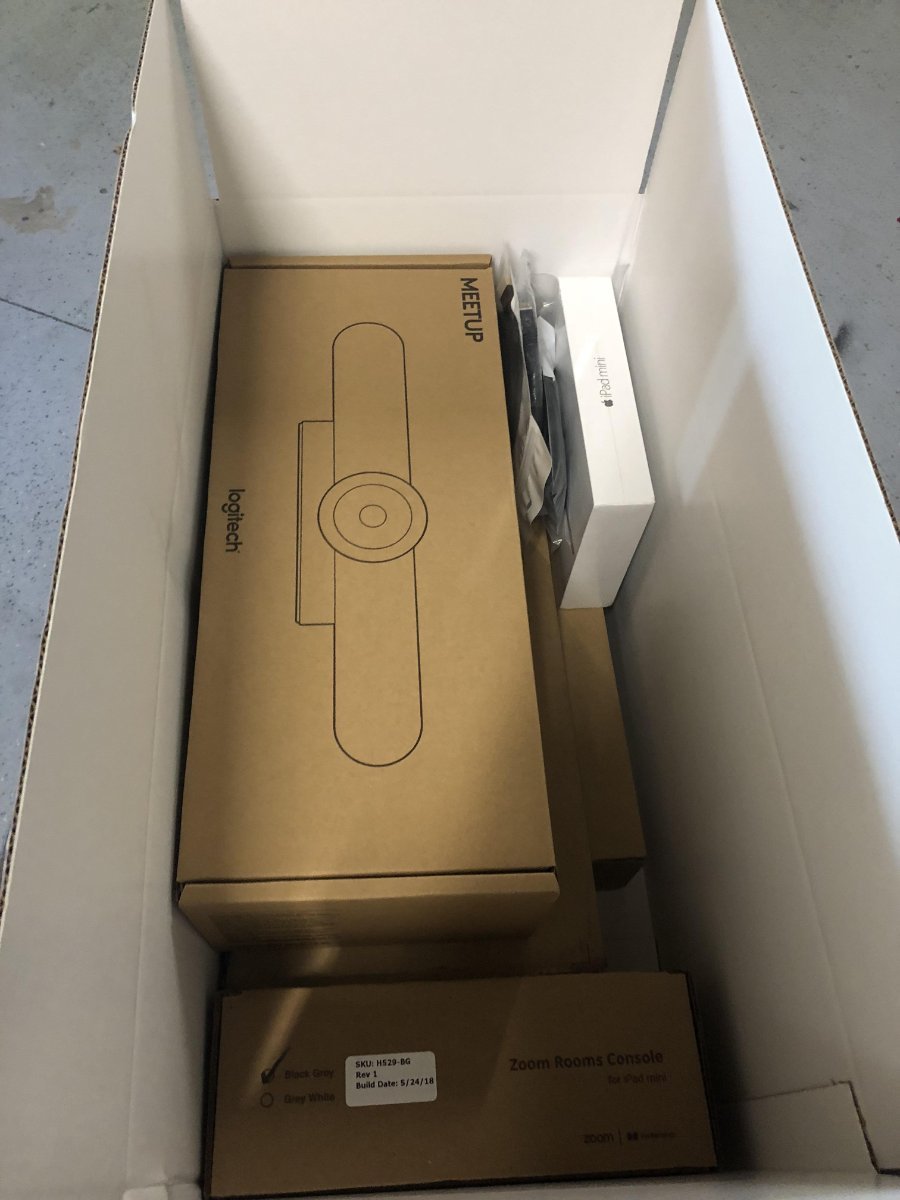


Supporting the rooms was also challenging because no manufacturer would assume responsibility for the entire room. In theory, this should work well, but in practicality, support and implementation became a headache because Truebeck was responsible for purchasing different audio-visual equipment, TVs, NUCs and other devices. Instead, it relies on third-party partners, such as Crestron and Logitech. Zoom does not make any of its own screens, phones, or other infrastructure. The initial deployment was successful, but when Truebeck tried to integrate physical meeting room infrastructure, problems arose. Elmore admitted the IT organization didn’t factor in things such as conference room integration or how external people would join, as the initial focus was on the typical use case of connecting over a laptop and going. I’ve used Zoom a lot and can attest to its ease of use, although most vendors have now evolved to “one-click” join. Initially, Truebeck was looking for what Elmore described as “turn the light on solution,” which meant it was easy for users to join and use, so the company selected Zoom.


 0 kommentar(er)
0 kommentar(er)
